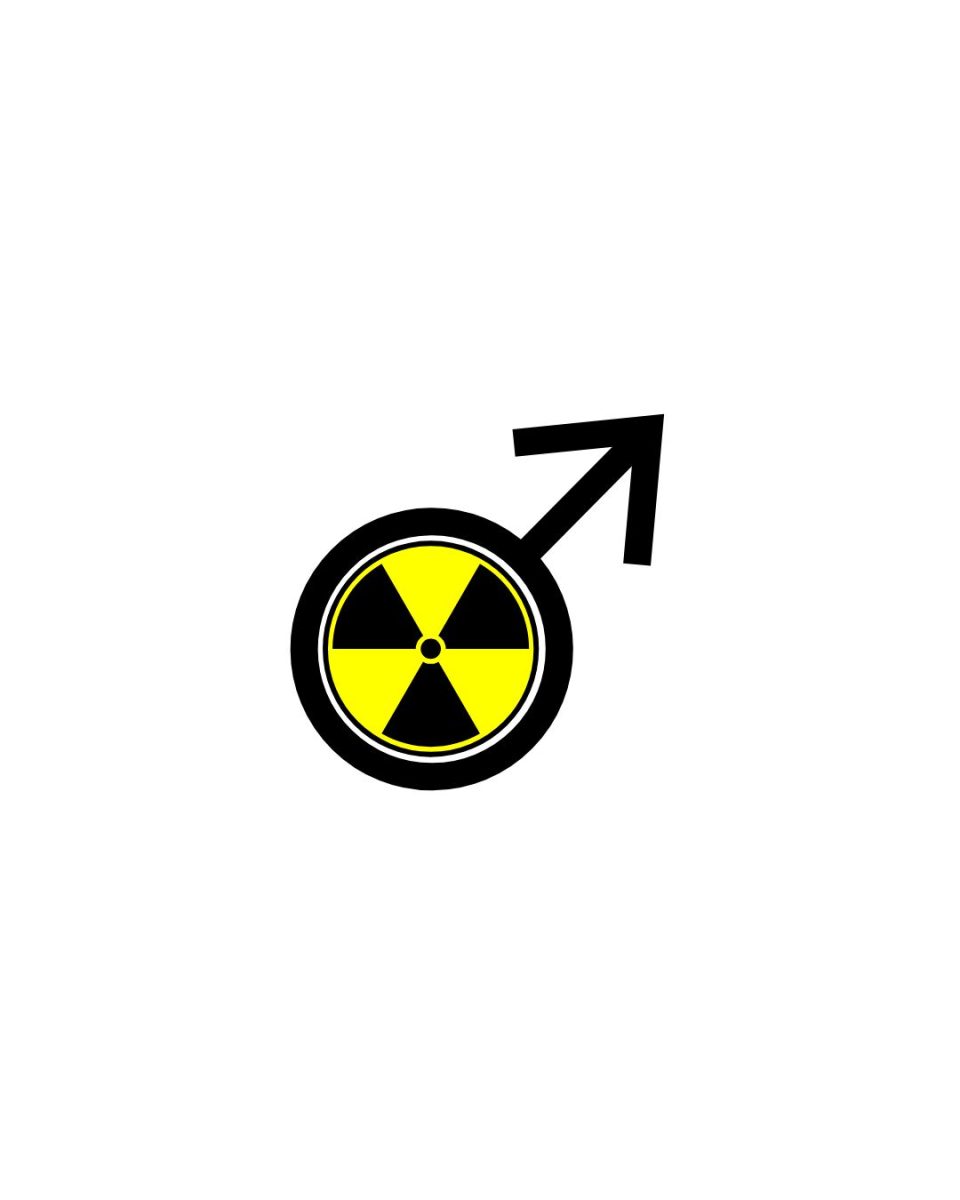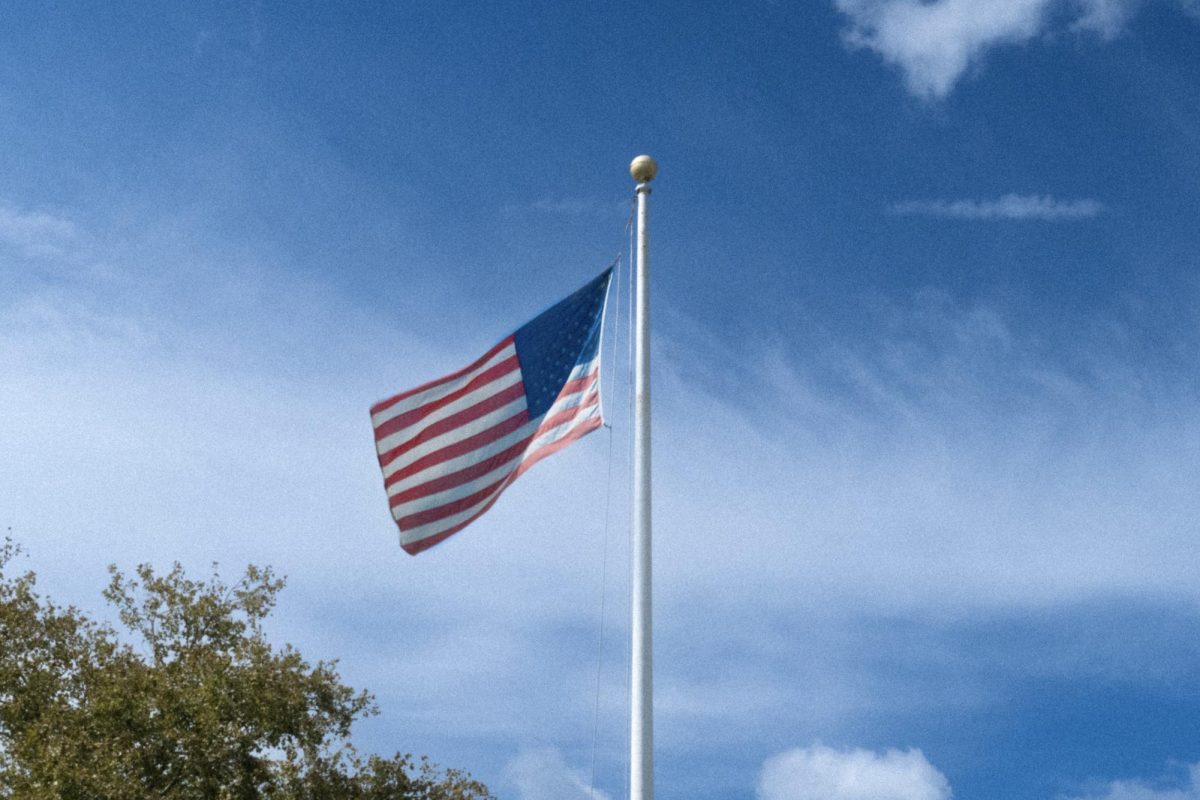Whether or not you take Donald Trump’s constant cries of “fake news” seriously, one fact is indisputable: trust in the mainstream media is at an all-time low. The disconnect between news stations and their dissatisfied audiences has to do with the popular perception of journalism, which holds that it’s an industry founded on principles of objectivity.
Much of the American public takes it for granted that all of the major news corporations exhibit some level of bias. Every single one of them is only out to make a profit, they say. They’re all about the ratings. The bottom line is the common denominator for every outlet.
Despite this, practically everyone on the outside looking in, from the naive idealists to the die-hard skeptics, will tell you that they should be unbiased, that impartiality should be the standard by which the media is judged.
Contrary to popular belief, there is no universal rulebook of journalistic ethics. Individual newsrooms have ethical policies that their employees are compelled to follow, but journalism as a whole doesn’t have mandatory rules laid down by some shadowy central authority that holds individual journalists accountable for their infractions.
What they do have is a Code of Ethics published by the Society of Professional Journalists (SPJ). They’re sort of like the Brethren Court from Pirates of the Caribbean: what you’ll find on their site is less of a rulebook and more of a series of generally-respected suggestions.
It may interest you to know that the word “objective” is nowhere to be found in the SPJ Code of Ethics. You won’t find “unbiased” or “neutral” either, and the only instance of “impartial” is found in a brief recommendation that journalists avoid participating in activities that would damage their credibility if someone found out about them. However, SPJ’s code of ethics does encourage journalists to be accurate and fair.
For a long time this wasn’t a problem. The lack of instant mass communication for most of the 20th century meant that information curated by a paper’s editor or delivered by a television anchor was the truth, full stop. Sure, bias existed, but nobody had the ability to pull up a blog with video evidence that disproved what the man on the radio was telling them. As of the past decade, this is no longer the case.
We live in a world where someone with a phone camera and access to the internet can give an audience a far more real and unsanitized look at an event than any profit-conscious corporation could possibly hope to without alienating their more sensitive subscribers. Journalists are no longer the most accurate source of news, and even though we were never perfect to begin with, it’s much easier to see that nowadays.
With the rising influence of fake news on a vulnerable, plugged-in demographic, the truth has become more valuable than ever. Journalists need to hold themselves to the standards that the readers expect of them, or they’ll be made obsolete.
For questions/comments about this column, email [email protected] or tweet @TheWhitOnline.

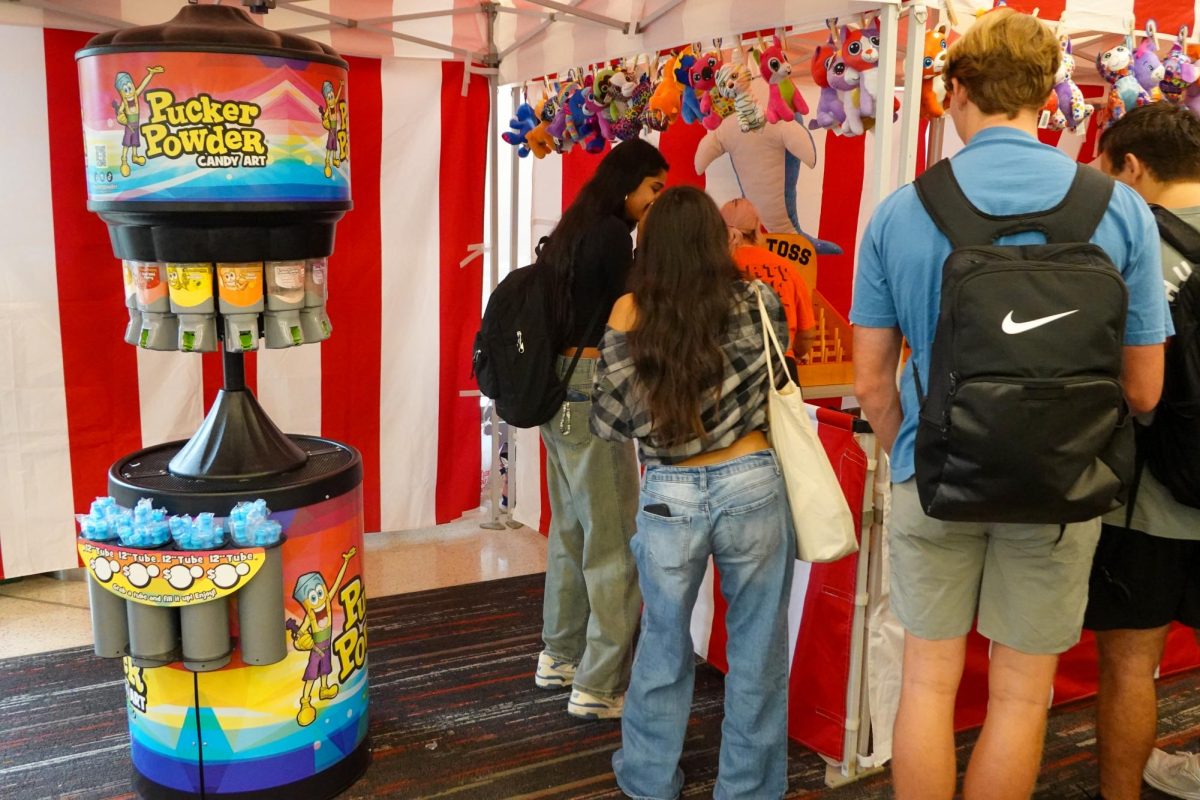
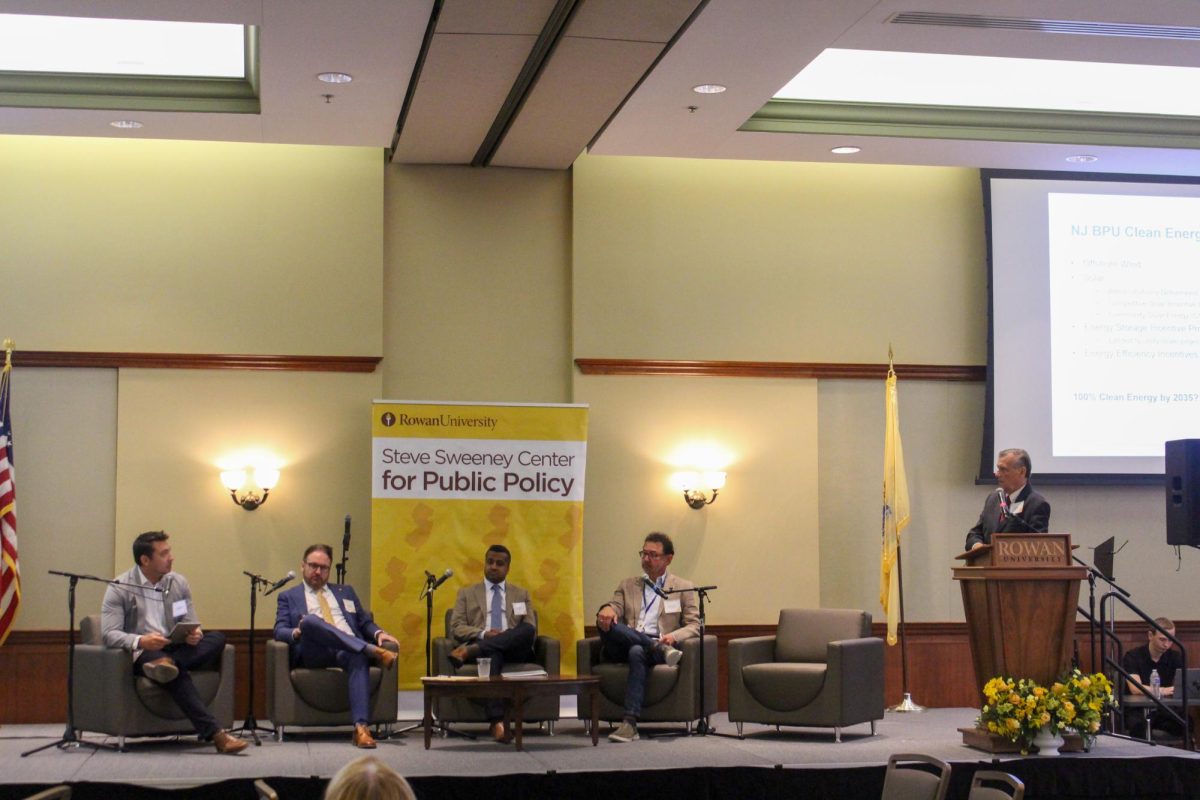
























































































































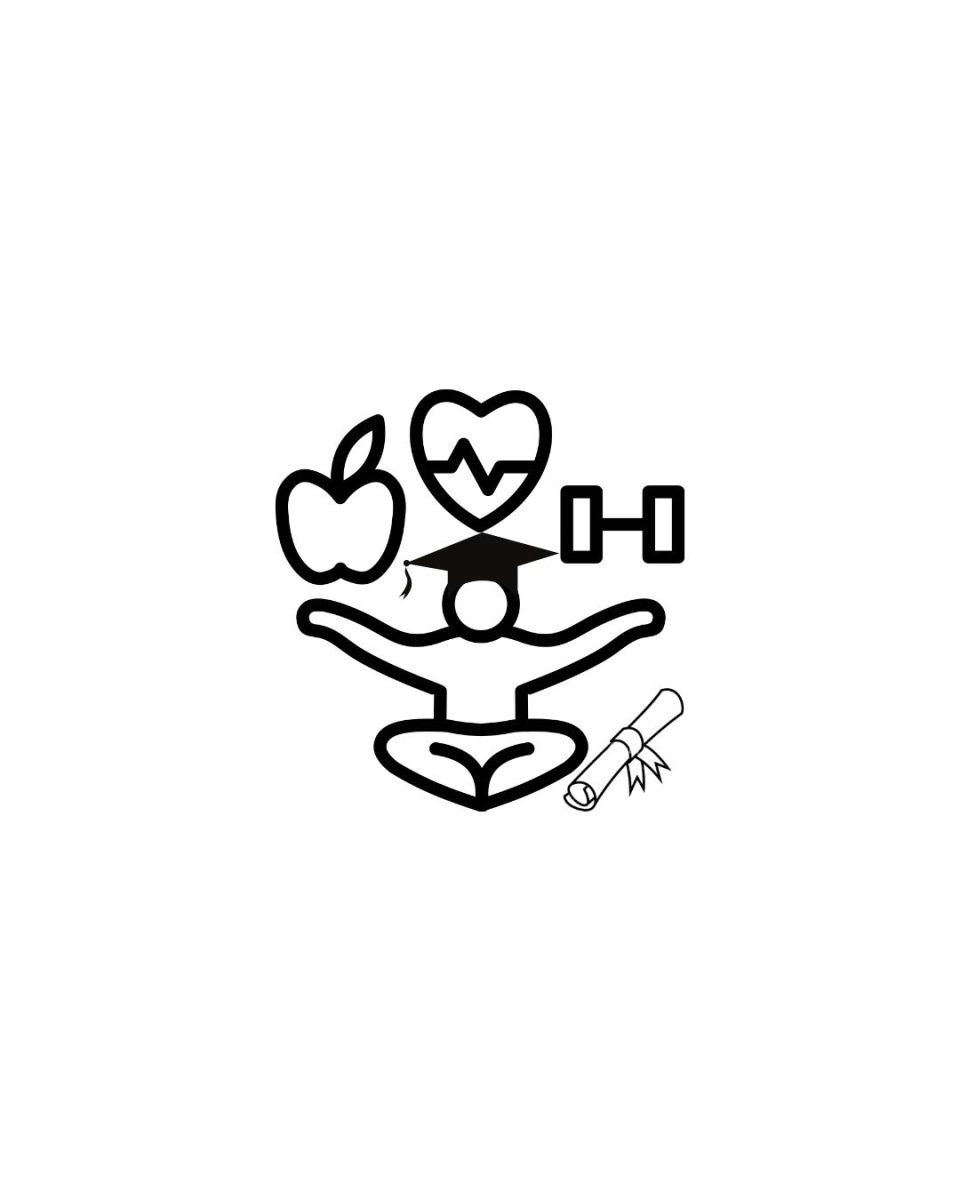



























!["Working with [Dr. Lynch] is always a learning experience for me. She is a treasure,” said Thomas. - Staff Writer / Kacie Scibilia](https://thewhitonline.com/wp-content/uploads/2025/04/choir-1-1200x694.jpg)













